How Playwright Helps Find Hidden Visual Bugs In UI Tests?
4.8 out of 5 based on 10257 votesLast updated on 5th Jul 2025 16.9K Views
- Bookmark

Playwright detects visual bugs beyond the code by comparing screenshots, spotting UI regressions, and ensuring visual consistency across tests.

In product-release cities such as Bangalore, testing teams have to go beyond functional testing. It is not sufficient if a button reacts-there must be a right look to it as well. A minor layout adjustment or the lack of an image can destroy the user experience. These issues are called visual bugs, and very few of them are caught through normal test code.
If you're a Playwright Automation Course participant, you might have already done button checks or API response checks.
What you will learn:
- Visual bugs are layout issues missed by regular test code.
- Playwright can detect those with image snapshots.
- Individual components or whole pages can be tested.
- Operates in all devices and browsers.
- Easy to integrate into daily tasks or CI pipelines.
- Helpful for scrapers, mobile testing, and enterprise applications.
What Are Visual Bugs and Why Are They Dangerous?
Visual bugs don't make the app inoperable but change its look. These are typically missed in code review or even unit tests.
Examples of visual bugs:
- Button is moved a few pixels to the left
- Text is driven out of its box
- Images don't load
- Font color changes ever so slightly
- Layout becomes distorted on mobile phones
Consider that on a live site. That's the risk of not doing visual tests.
In places like Hyderabad, where app-startups battle it out tough, even small layout problems can lead to users deleting the app. Visual testing adds an extra layer of insurance before this happens.
How Playwright Detects Visual Bugs?
Playwright helps us capture such bugs through snapshot testing. This is done by taking the screenshot of a page or part of it and matching it with a previously saved version.
import { test, expect } from '@playwright/test';
test('Visual test for homepage', async ({ page }) => {
await page.goto('https://myapp.com');
expect(await page.screenshot()).toMatchSnapshot('homepage.png');
});
What this does:
- Opens the page
- Takes a screenshot
- Compares it with a saved image
If just 1 pixel is different, it displays an error with a visual diff
You can also test particular parts such as a button, header, or form:
const button = await page.$('button.submit');
expect(await button.screenshot()).toMatchSnapshot('submit-button.png');
This comes in handy if you're using reusable components in newer frameworks like React or Angular.
Where Functional Tests Fail and Visual Tests Win?
Occasionally, the code executes perfectly but the display is not correct. The following is a comparison table on how both types of tests are performed:
Bug Type | Caught by Code Tests | Caught by Playwright Visual Tests |
Button not clickable | ✅ Yes | ✅ Yes |
Button misaligned | ❌ No | ✅ Yes |
Image missing | ❌ No | ✅ Yes |
Text hidden under image | ❌ No | ✅ Yes |
Color changed slightly | ❌ No | ✅ Yes |
Font not loading | ❌ No | ✅ Yes |
Layout broken on mobile | ❌ No | ✅ Yes |
Relevant Testing Courses:
Software Testing Course Fees in Noida
Masters in Software Testing Course
When performing Playwright Automation with Javascript Course, such real-world visual bugs are excellent practice. It demonstrates why screenshots might be more potent than expect().toHaveText().
Playwright for Visual Testing on Various Devices
You can verify the look of your app on various screen sizes with Playwright. It supports testing mobile layouts without actual devices.
Mobile view example:
test.use({ viewport: { width: 375, height: 667 } }); // iPhone 8 size
test('Mobile layout test', async ({ page }) => {
await page.goto('https://myapp.com');
expect(await page.screenshot()).toMatchSnapshot('mobile-layout.png');
});
This traps layout issues like:
- Text too large for small screen
- Element overlap
- Scroll doesn't function
For Playwright with TypeScript projects, this is useful to front-end developers who have to work with breakpoints and responsive design.
Playwright also has support for web testing in WebKit, Chromium, and Firefox. This is helpful to view how your app appears on other browsers.
Example:
test.use({ browserName: 'webkit' }); // Safari
test('Safari layout test', async ({ page }) => {
await page.goto('https://myapp.com');
await expect(page.screenshot()).toMatchSnapshot('safari-view.png');
});
This is helpful in legacy devices or environments like macOS, where WebKit will act differently.
Common Visual Testing Use Cases
Use Case | Description |
Component changes | Test visual diff of headers, buttons, cards |
CI pipeline checks | Run visual checks on every PR or commit |
Responsive layout testing | Mobile, tablet, desktop layouts |
Theming issues | Check dark mode vs light mode views |
Image rendering | Detect broken or unloaded images |
Font and icon rendering | Ensure custom fonts/icons load correctly |
Error message overlays | Capture visibility and placement |
Visual Testing + Real-World Workflows
Let’s say you’re using Playwright in C# for Web Scraping. Before scraping product details from a website, it’s smart to first check visually if the product cards are loaded correctly. If not, scraping will return empty or broken data.
Using this strategy:
- Capture a snapshot of the product grid
- Compare with older versions
- If layout is being rendered broken, stop the scrape and log error
Similarly for dashboards or reports. If charts are not displaying due to frontend issues, your automated scraper will collect empty data. A visual test avoids this from happening.
Big .NET applications are another example where Playwright is utilized. Visual bugs may be triggered even if one line of code is modified in a shared stylesheet.
Real Benefit in Cities Like Bangalore
There are many tech companies in Bangalore releasing updates on a daily basis. These usually get tested quickly with CI/CD pipelines. Playwright visual testing can be integrated with GitHub Actions, Jenkins, or Azure DevOps.
# GitHub Action example
- name: Run Playwright Tests
run: npx playwright test --update-snapshots
This is where Playwright C# Course Online students or corporate teams in Bangalore use visual testing to avoid client complaints and rollbacks due to hidden layout bugs.
Important Playwright Features for Visual Testing
Let's briefly touch upon some advanced yet useful features for visual bug testers on actual projects.
Feature | What It Does |
toMatchSnapshot() | Compares screenshot with baseline image |
Threshold setting | Allows ignoring very small pixel differences |
Element screenshot | Focus on specific part of the page |
Viewport customization | Test for different screen sizes |
Cross-browser testing | Detect layout issues in Safari, Firefox, etc. |
CI/CD integration | Run visual checks on every code push |
All these go hand in hand with Playwright Automation with Javascript Course and expert Playwright in C# for Web Scraping workflows where real-world rendering accuracy is of essence.
Sum up,
Playwright is not just clicking on buttons and seeing API results. It literally "sees" the screen as a user would and will alert you if anything is different. A 5px-left button? It will tell you. A smashed iPhone layout? It will detect it.
If you work with image-rich apps, dashboards, or e-stores, start integrating visual testing into Playwright. It's efficient, it reduces design bugs, and the interface stays perfect with every update.
It is also a skill that companies particularly look for in resumes, especially if you have done it in an organized way through a Playwright Automation testing Course or worked on enterprise projects with Playwright and TypeScript or Playwright and C#.
You May Also Read:
Complete Guide To Playwright Automation Tool Tutorial
What Is Tosca? Step-by-Step Beginner’s Guide For 2025
List Of Software Testing Tools
Reverse Engineering In Software Engineering
Software Testing Strategies in Software Engineering
FAQs
Q1. What is a visual bug in Playwright testing?
A visual bug is when something in your app appears to be wrong but actually is correct. Like, a button may be functional but hidden, or out of position, or uglily styled. Playwright assists you in detecting these issues by comparing screenshots.
Q2. What do Playwright use to locate changes in layout or style?
The playwright captures a screenshot of your page and compares it to a saved image. If the page has changed-e.g., a button has been moved or an image is missing-it reports the change and logs an error.
Q3. Can I use Playwright for visual testing against mobile layouts?
Yes! Playwright allows you to simulate how your app will appear on phones, tablets, and computers by zooming in and out of the screen. It detects layout issues that are only visible on small screens.
Q4. Do I need to write additional code to execute visual tests with Playwright?
Not much. You simply use a single line of code such as expect (await page.screenshot()).toMatchSnapshot(). Playwright does the rest by performing image comparisons automatically.
Q5. Will there be visual testing supported with Playwright for JavaScript or C# projects?
Yes, visual testing will be supported on all versions-Playwright with C#, Playwright with TypeScript, and JavaScript. The concept is the same: capture screenshots, compare them, and catch layout bugs before customers even see them.
Subscribe For Free Demo
Free Demo for Corporate & Online Trainings.

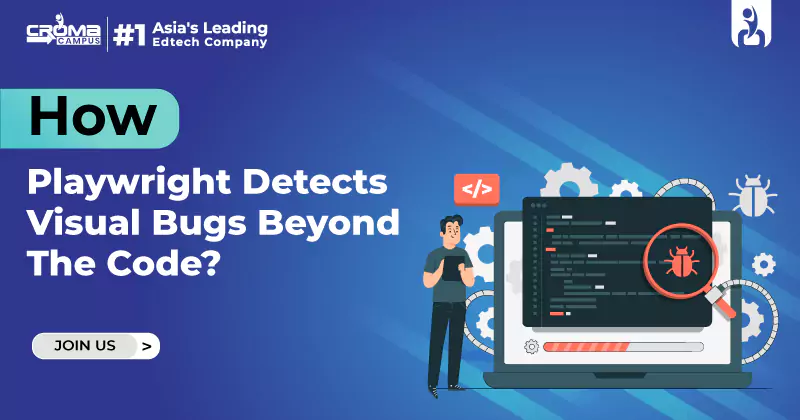
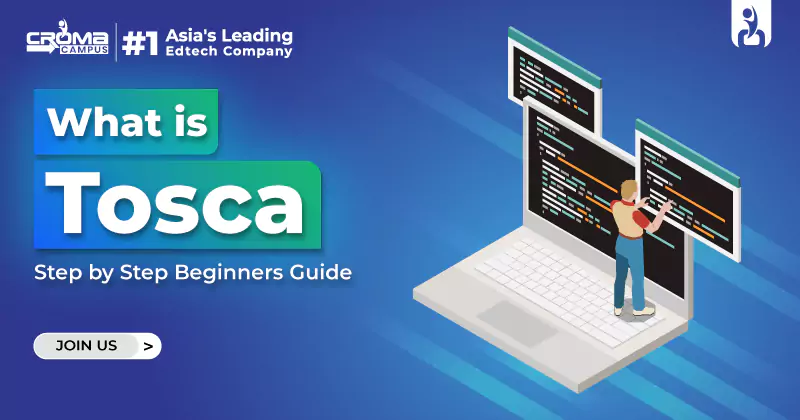
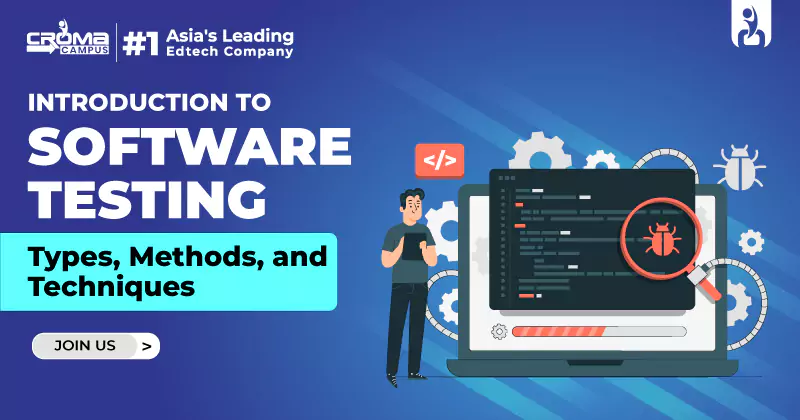
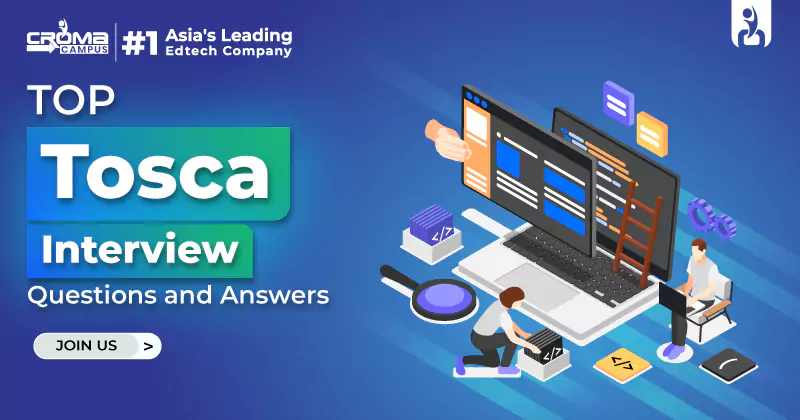
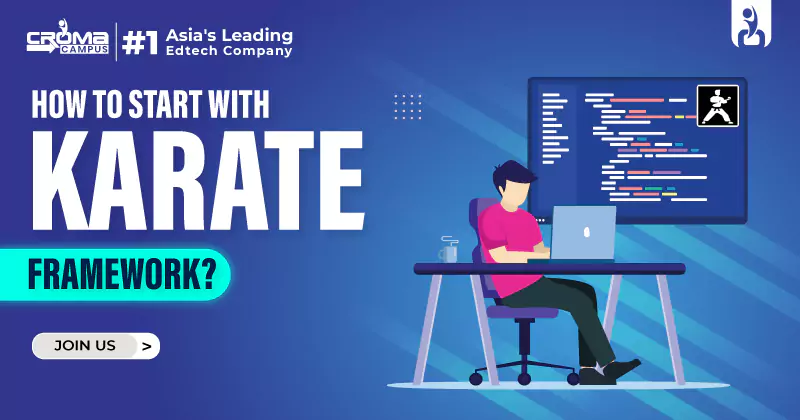
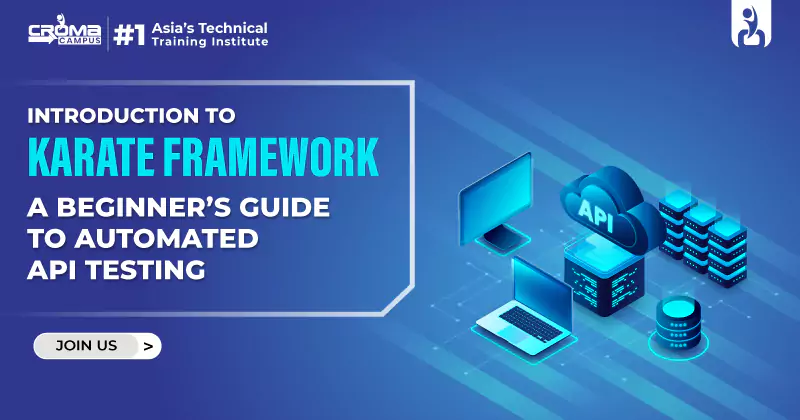

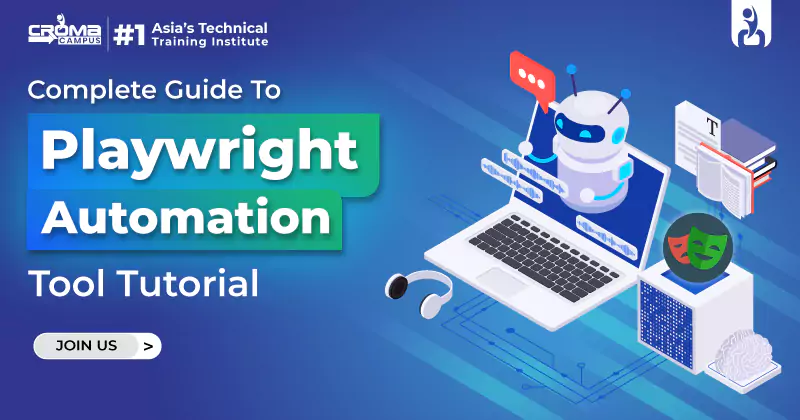
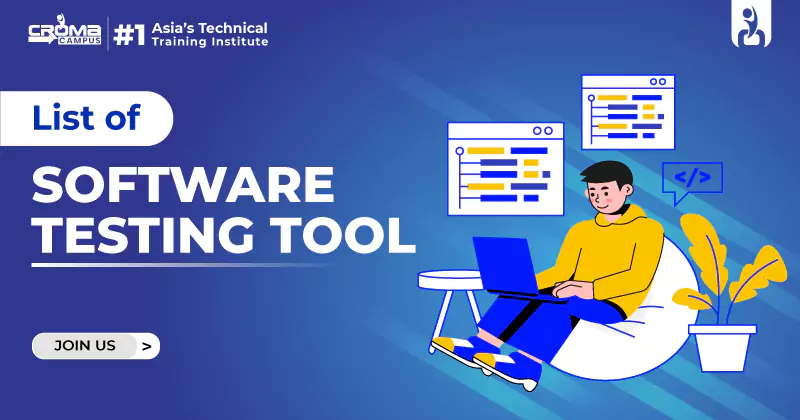

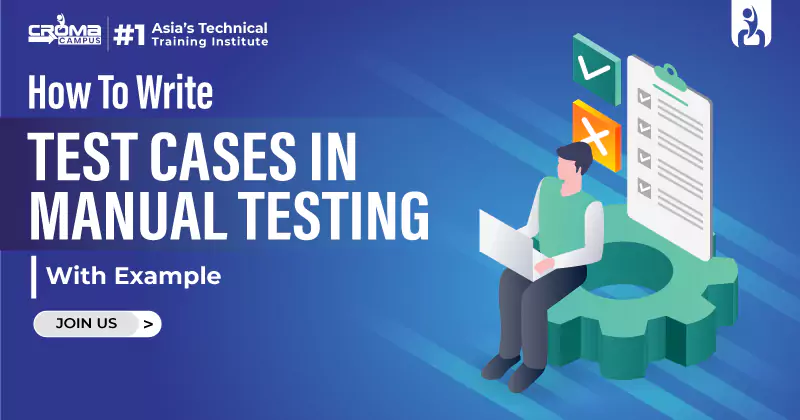













.webp)

.png)















